Healthful Vegetables: The 10 Healthful Vegetables That Everyone Should Eat
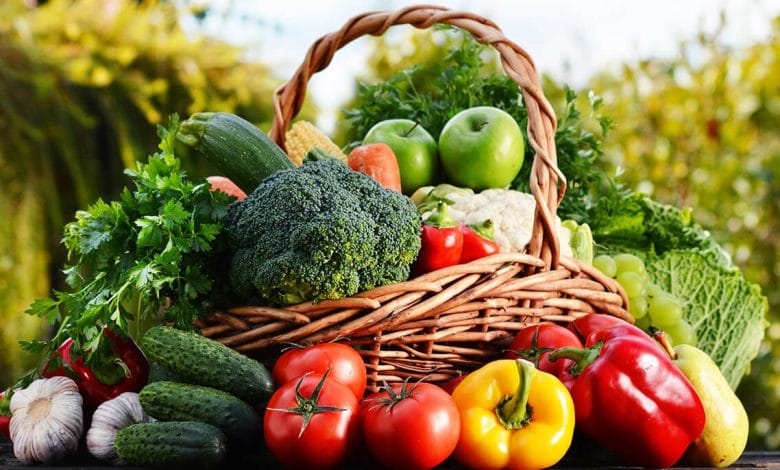
Healthful Vegetables : There is no single most healthy vegetable, but eating a variety of vegetables can improve health and well-being. Nutritious options to try adding to the diet include spinach, peas, sweet potatoes, and tomatoes.
All vegetables contain healthful vitamins, minerals, and dietary fiber — but some stand out for their exceptional benefits.
Specific vegetables may offer more health advantages to certain people, depending on their diets, overall health, and nutritional needs.
1. Spinach

Healthful Vegetables , Spinach is a leafy green vegetable and a great source of calcium, vitamins, iron, and antioxidants.
Due to its iron and calcium content, spinach is a great addition to any meat- or dairy-free diet.
One cup of raw spinach is mostly made up of water and contains only 7 calories. It also provides:
An adult’s full daily requirement of vitamin K
High amounts of vitamin A
Magnesium
Folate
Iron
Calcium
Antioxidants
Vitamin K is essential for a healthy body — especially for strong bones, as it improves the absorption of calcium.
Spinach also provides a good amount of iron for energy and healthy blood, and a high level of magnesium for muscle and nerve function.
It is also rich in antioxidants, and research suggests that spinach leaves may lower blood pressure and benefit heart health.
If a person is taking blood thinners, such as warfarin (Coumadin), they should use caution when increasing their intake of dark leafy greens. Doctors recommend maintaining a consistent vitamin K intake over time for people taking these medications.
2. Kale
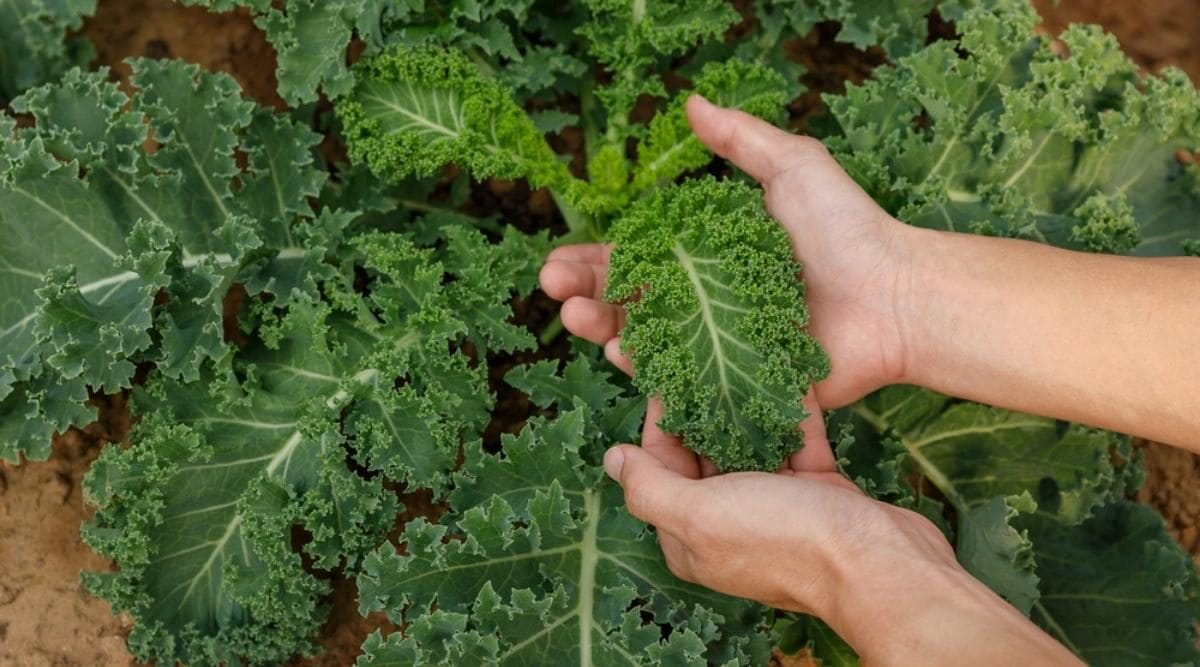
Healthful Vegetables , Kale is a very popular leafy green vegetable with several health benefits. It provides around 7 calories per cup of raw leaves and good amounts of vitamins A, C, and K.
Kale may benefit people with high cholesterol. One small 2008 study reports that males with high cholesterol who drank 150 milliliters of kale juice each day for 12 weeks experienced a 10% reduction in low-density lipoprotein, or “bad,” cholesterol and a 27% increase in high-density lipoprotein, or “good,” cholesterol.
Research from 2015, meanwhile, suggests that kale juice can reduce blood pressure, blood cholesterol, and blood sugar levels.
If a person is taking blood thinners, such as Coumadin, they should use caution when increasing their intake of dark leafy greens. It is best to maintain a consistent vitamin K intake while taking these medications.
3. Broccoli
Healthful Vegetables , Broccoli is an incredibly healthful vegetable that belongs to the same family as cabbage, kale, and cauliflower. These are all cruciferous vegetables.
Each cup of chopped and boiled broccoli contains:
Around 31 calories
The full daily requirement of vitamin K
Twice the daily recommended amount of vitamin C
According to the National Cancer Institute, animal research has found that certain chemicals, called indoles and isothiocyanates, in cruciferous vegetables may inhibit the development of cancer in several organs, including the bladder, breasts, liver, and stomach.
These compounds may protect cells from DNA damage, inactivate cancer-causing agents, and have anti-inflammatory effects. However, research in humans has been mixed.
4 . Peas
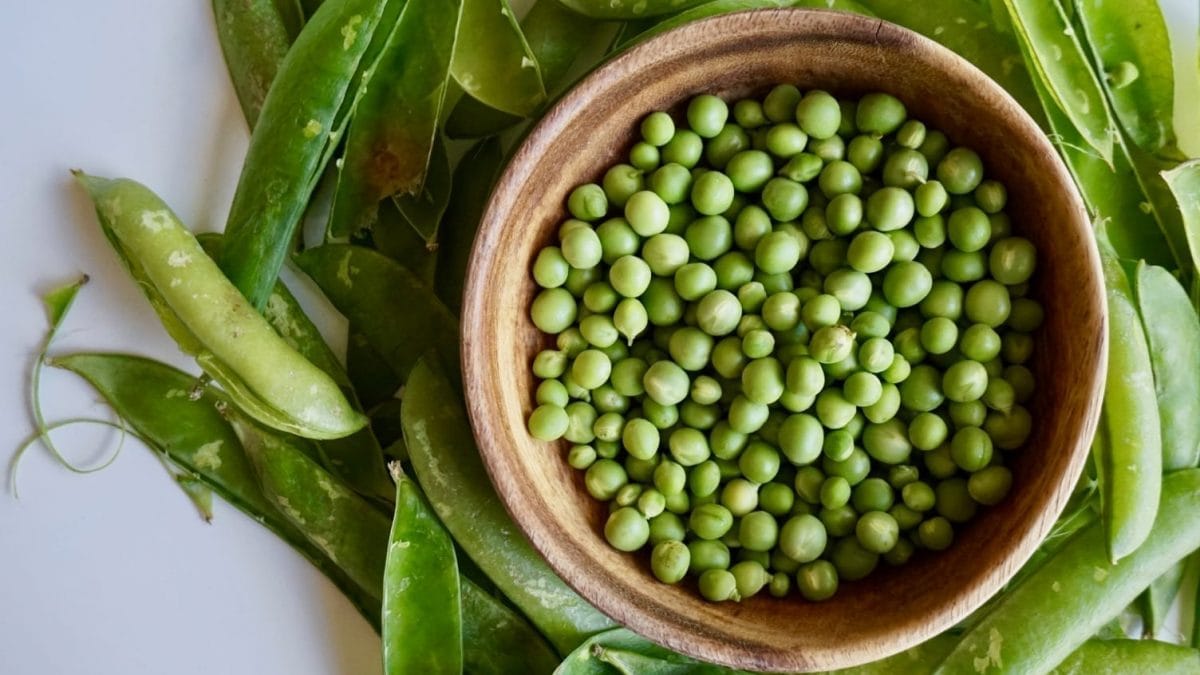
Healthful Vegetables , Peas are a sweet, starchy vegetable. They contain 134 calories per cooked cup, and they are rich in:
Fiber, providing 9 grams (g) per serving
Protein, providing 9 g per serving
Vitamins A, C, and K
Certain B vitamins
Green peas are a good source of plant-based protein, which may be especially beneficial for people with vegetarian or vegan diets.
Peas and other legumes contain fiber, which supports good bacteria in the gut and helps ensure regular bowel movements and a healthy digestive tract.
They are also rich in saponins, plant compounds that may help protect against oxidative stress and cancer.
5. Sweet potatoes
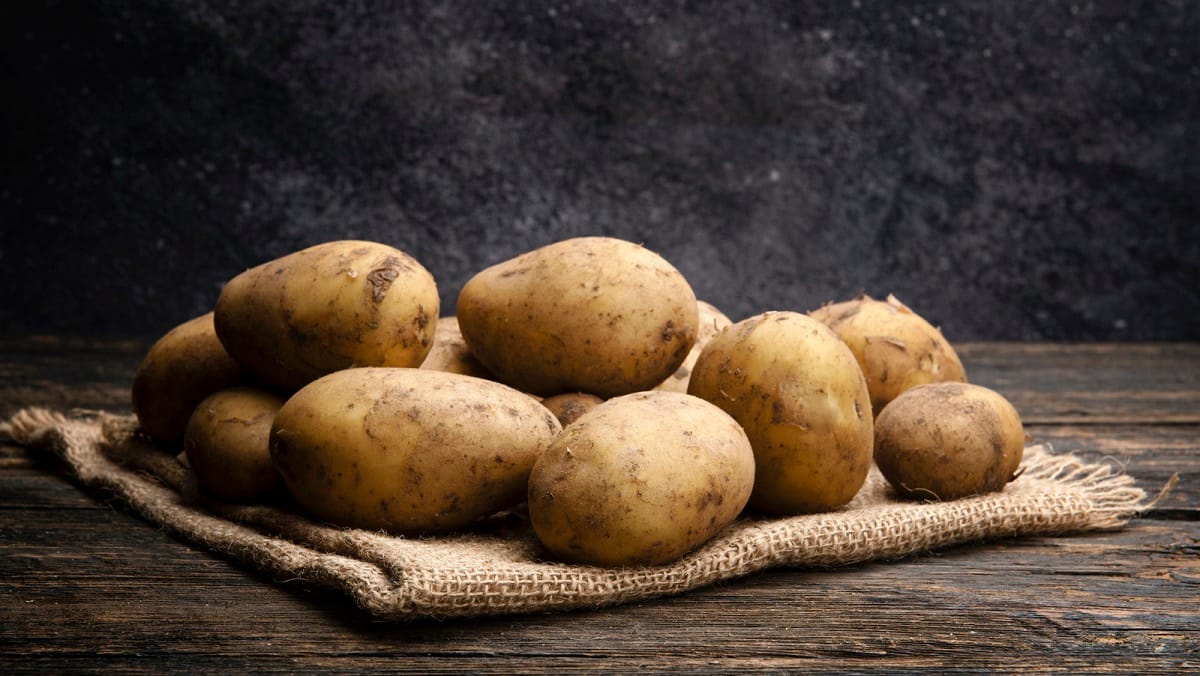
Healthful Vegetables, Much more than an adult’s daily requirement of vitamin A
25% of their vitamin C and B6 requirements
12% of their potassium requirement
Beta carotene, which may improve eye health and help fight cancer
Sweet potatoes may be a good option for people with diabetes. This is because they are low on the glycemic index and rich in fiber, so they may help regulate blood sugar.
How to eat sweet potatoes
Healthful Vegetables, For a simple meal, bake a sweet potato in its skin and serve it with a source of protein, such as fish or tofu.
6. Beets

One cup of raw beets contains
58.5 calories
442 milligrams (mg) of potassium
148 micrograms of folate
Beets and beet juice are great for improving heart health, as the vegetable is rich in heart-healthy nitrates. A small 2012 study reports that drinking 500 g of beet juice significantly lowered blood pressure in healthy people.
These vegetables may also benefit people with diabetes. Beets contain an antioxidant called alpha-lipoic acid, which might be helpful for people with diabetes-related nerve problems, called diabetic neuropathy.
How to eat beets
Roasting beets brings out their natural sweetness, but they also taste great raw in juices, salads, and sandwiches.
7. Carrots

Healthful Vegetables, Each cup of chopped carrots contains 52 calories and over four times an adult’s daily recommended intake of vitamin A, in the form of beta carotene.
Vitamin A is vital for healthy eyesight, and getting enough of this nutrient may help prevent vision loss.
Certain nutrients in carrots may also have cancer-fighting properties. A 2018 review of 10 articles reports that dietary carrot intake was associated with a reduced risk of breast cancer.
8. Fermented vegetables

Healthful Vegetables, Fermented vegetables provide all the nutrients of their unfermented counterparts as well as healthful doses of probiotics.
Probiotics are beneficial bacteria that are present in the body and in some foods and supplements. Some researchers believe that they can improve gut health.
According to the National Center for Complementary and Integrative Health, probiotics may help with symptoms of irritable bowel syndrome. They may also prevent infection- or antibiotic-induced diarrhea.
Some good vegetables for fermentation include:
Cabbage, as sauerkraut
Cucumbers, as pickles
Carrots
Cauliflower
Healthful Vegetables: How to eat fermented vegetables
People eat fermented vegetables in salads, sandwiches, or as a side dish.
9. Tomatoes
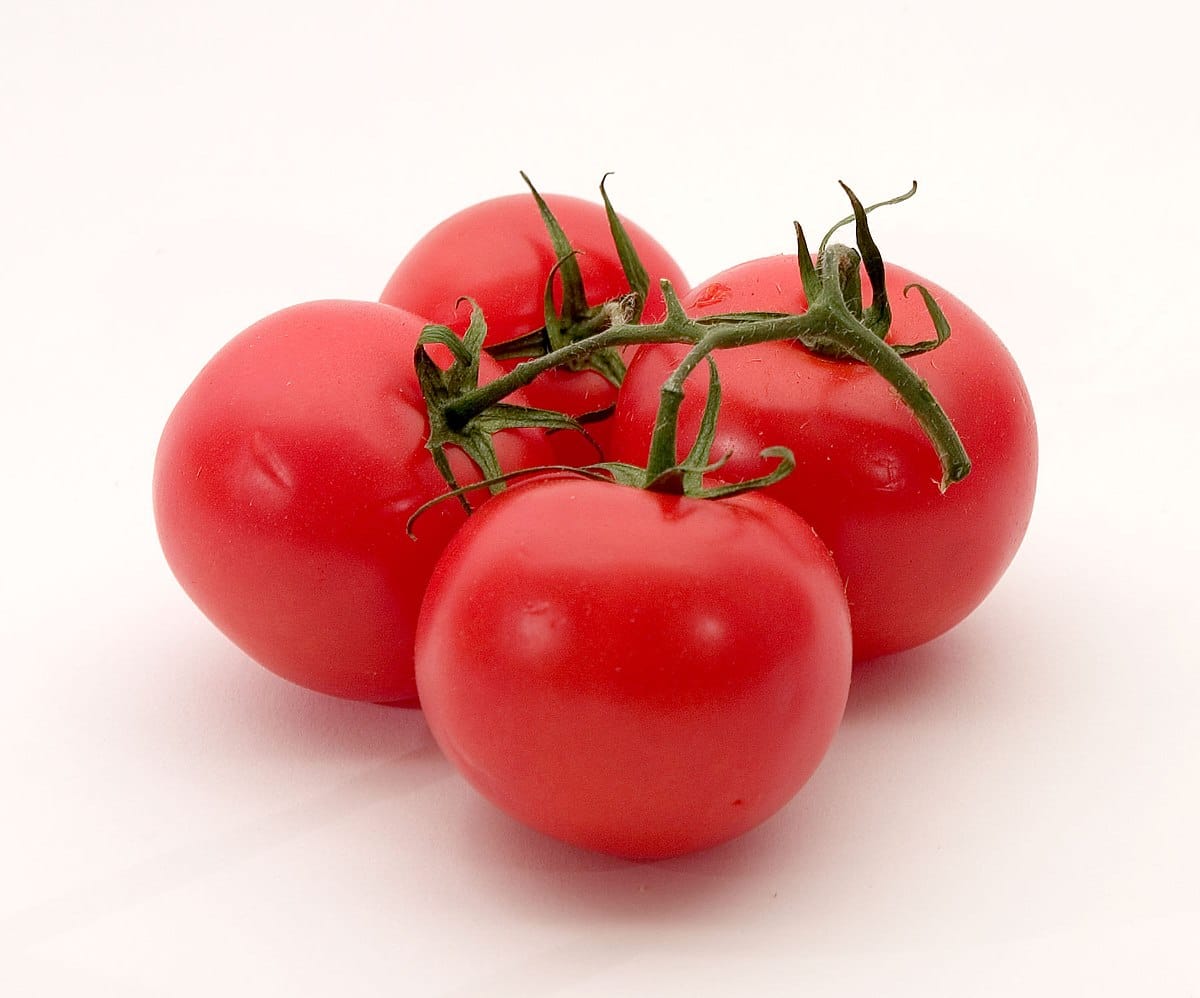
Healthful Vegetables, Although tomatoes are technically a fruit, most people treat them like vegetables and use them in savory dishes. Each cup of chopped, raw tomatoes contains:
32 calories
427 mg of potassium
24.7 mg of vitamin C
Tomatoes contain lycopene, a powerful antioxidant. Research suggests that lycopene may help prevent prostate cancer, and the beta carotene in tomatoes also helps combat cancer.
Meanwhile, other potent antioxidants in tomatoes, such as lutein and zeaxanthin, may protect vision.
The Age-Related Eye Disease Study reports that people who have high dietary intakes of these substances have a 25% reduced risk of age-related macular degeneration.
How to eat tomatoes
Healthful Vegetables, People enjoy tomatoes raw or cooked, and cooking them releases more lycopene.
10. Garlic
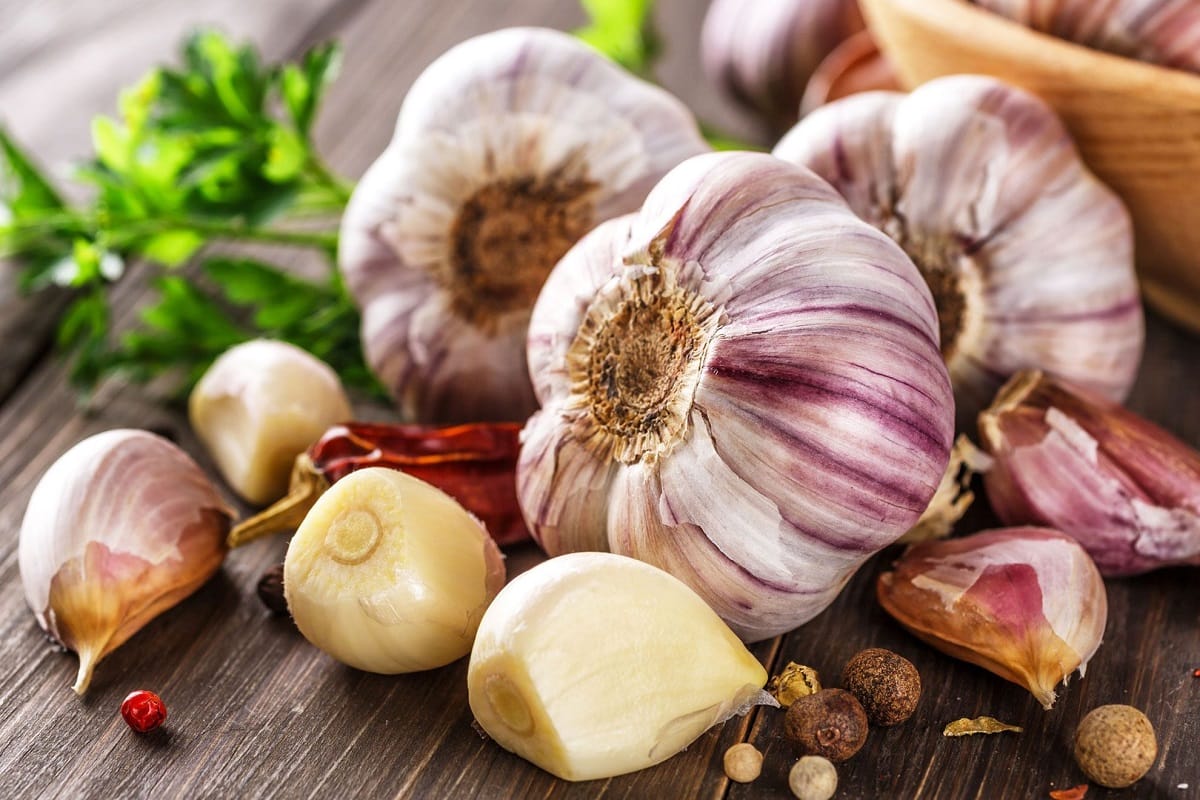
Healthful Vegetables, People have long used garlic in cooking and medicine. Each garlic clove contains just 4 calories and is low in vitamins and minerals.
However, garlic is a natural antibiotic. For example, a 2018 review notes that people have used garlic for purposes similar to those of antibiotics since the 16th century.
Allium, a component of garlic, may be the source of its health benefits. Confirming this will require more research.
How to eat garlic
Healthful Vegetables, Heating garlic reduces its health benefits, so it is best to eat garlic raw, in bruschetta or dips, for example.
Also Read:
The Best 16 Foods To Eat This Autumn
Home Remedies For Cough: 10 Natural Cough Remedies
White Spots On Nails: What Are White Spots On Nails And How To Get Rid Of Them?





